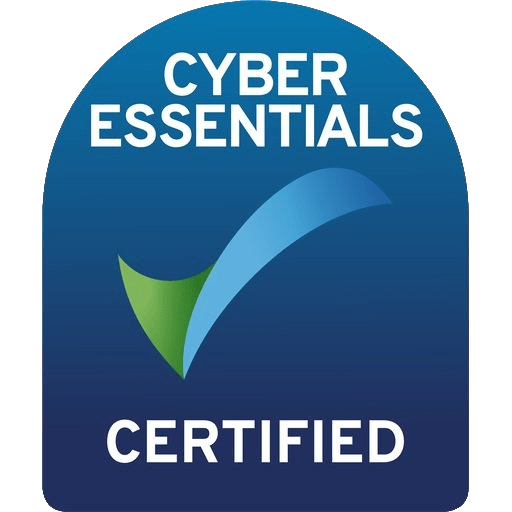- ConsultancyProcurement TransformationSourcing and Managed ServicesCost OptimisationSupply Chain ManagementSustainable Procurement
- Frameworks & DPS
- Commercial Procurement
- Technology
- Resources
- Why Inprova
- Contact Us
Inprova
Learn how to structure spend, strengthen supplier relationships and unlock long term value with a proven approach to smarter procurement.
Download your free guide!
Procurement teams today face volatile supply markets, growing compliance demands and constant pressure to deliver savings. Without a clear approach, organisations risk higher costs, weaker supplier performance and increased exposure to supply chain disruption.
Category management has become a critical best practice because it allows organisations to group spend, gain control of total cost of ownership and unlock new value. Done well, it reduces risk, improves supplier relationships and ensures spend decisions align with wider organisational goals. This guide explains how to put it into practice with step by step processes, real examples and expert tips.
What’s you will take away from this guide?
Whether you are new to category management or looking to refine your strategy, this guide will give you the knowledge and tools to get it right.
Inside you will find clear explanations, step by step processes and practical examples that show how to group spend, engage suppliers and align procurement with your organisation’s goals. You’ll take away:
By the end, you will have a clear framework you can apply straight away to make procurement more efficient, collaborative and resilient.


Why category management matters?
Category management is more than just grouping spend. It is a way of making procurement more strategic. By analysing spend, segmenting suppliers and developing tailored strategies, organisations can:
Achieve greater savings by consolidating demand
Mitigate supply chain risks and improve resilience
Build stronger supplier partnerships based on trust and collaboration
Improve compliance with ESG and social responsibility commitments
Create consistent processes that boost efficiency and reduce costs
That’s exactly what this guide is built to help you do.
Who is this guide for?
This guide is designed for:
Written by procurement experts
This guide goes beyond definitions to show you how category management works in practice. From grouping spend and analysing supplier markets to building collaborative relationships and aligning with ESG goals, it offers a clear route to more intelligent procurement. With real examples and practical tips, it is designed to help public sector teams turn category management into measurable savings, stronger supplier performance and reduced risk.
Category management in the public sector is a strategic approach to procurement where government organisations group similar goods and services to optimise purchasing, reduce costs, and enhance efficiency. It involves proactively managing the supply base and optimising purchasing spend across the entire value chain, establishing a common language and clear strategy beyond just the procurement department.
While often used interchangeably, category management and strategic sourcing are distinct but related concepts. Strategic sourcing focuses on selecting the right suppliers and negotiating the best prices for short-term goals. Category management, however, is a broader, holistic approach that segments purchases into categories to identify opportunities for long-term savings, improved quality, enhanced supplier performance, and overall efficiency. Strategic sourcing is a key activity *within* the larger category management framework.
Implementing category management in the public sector offers numerous benefits, including improved relationships with suppliers, increased savings through better contract terms and quality, and enhanced decision-making by categorising spending into logical groups. It also leads to reduced risk exposure, improved end-user satisfaction, better adherence to ESG (Environmental, Social, and Governance) and SR (Social Responsibility) commitments, greater insights into costs and supplier performance, and overall increased procurement efficiency through digitalised and automated processes.
Effective category management is built upon several core principles.
These include:
Categorisation, which involves classifying organisational requirements and segmenting them into categories to build expertise and market knowledge;
Aggregation, where total organisational requirements are collated to reduce purchase prices and overall costs;
Standardisation, setting consistent policies and procedures for cross-functional teams; and
Relationship Management, fostering clear and consistent exchange of knowledge with suppliers and stakeholders to build trust and add value.
In practice, category management covers the entire procurement cycle, from sourcing to managing supplier relationships. The main objective is to manage each category and sub-category of spend holistically through its entire procurement lifecycle. An effective process typically involves continuous improvement, category definition, performance monitoring, market analysis, spend analysis, implementation, strategy development, and supplier segmentation.
Implementing category management in the public sector can face several challenges. These often include inadequate data availability, resistance to change from stakeholders, difficulty in aligning category strategies with broader organisational objectives, and the complexity of managing diverse supplier relationships. Overcoming these challenges requires strong leadership, clear communication, and a focus on data-driven decision-making.
Technology plays a crucial role in supporting effective category management in government. Automated solutions can centralise spend data, making it easier to find and report important insights. Category management technology can help spot patterns, categorise spend, organise suppliers, set benchmarks, make recommendations, and automate various tasks, leading to greater procurement efficiency and transparency. For more information on our Quantum platform please visit here.
Stakeholder engagement is crucial for the success of category management initiatives because it ensures that procurement strategies align with the broader needs and goals of the organisation. By involving key stakeholders from relevant departments, category managers can gain valuable insights, build consensus, and effectively communicate the benefits and opportunities derived from category management. This collaboration helps overcome resistance to change and fosters a shared understanding of objectives.
Continuous improvement is a vital aspect of category management, as strategies must evolve to adapt to changing market conditions and organisational needs. Regularly reviewing and refining the category strategy, gathering feedback from project managers and site supervisors, and updating the strategy based on market changes and performance data are essential for long-term success and sustained value
Public sector organisations can ensure compliance and sustainability in category management by integrating ESG (Environmental, Social, and Governance) and SR (Social Responsibility) commitments into their procurement strategies. This involves focusing on sustainable material options, diversifying supplier bases to mitigate risks, and leveraging category intelligence to engage in negotiations that prioritise not only cost savings but also ethical and environmental considerations. Continuous monitoring and adherence to established policies and procedures are also key to ensuring compliance.

